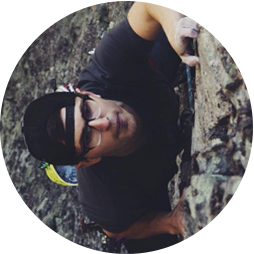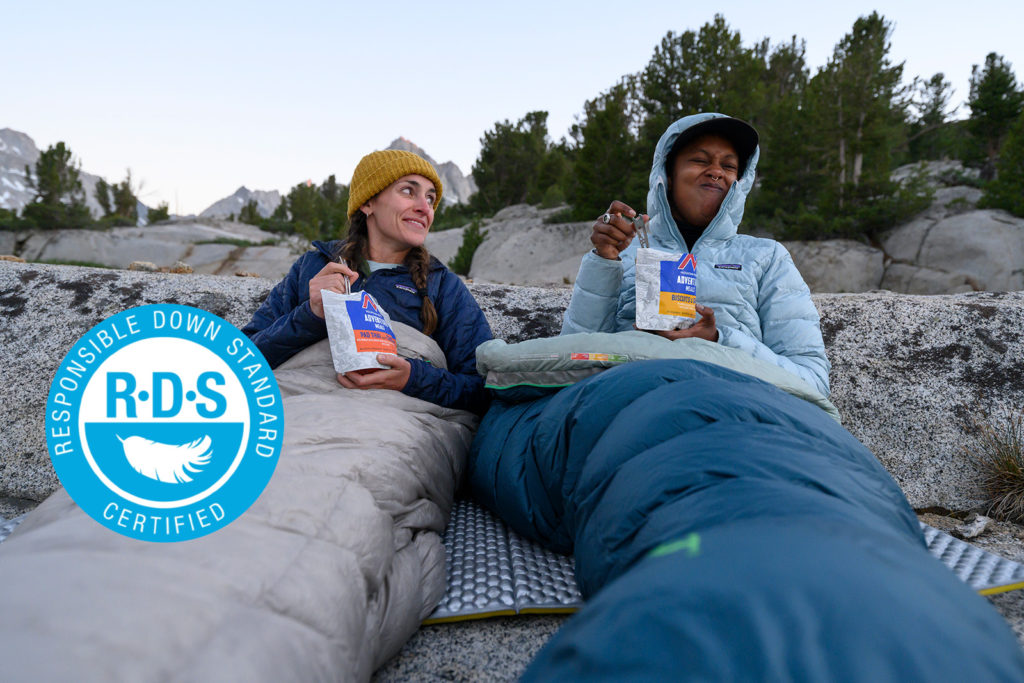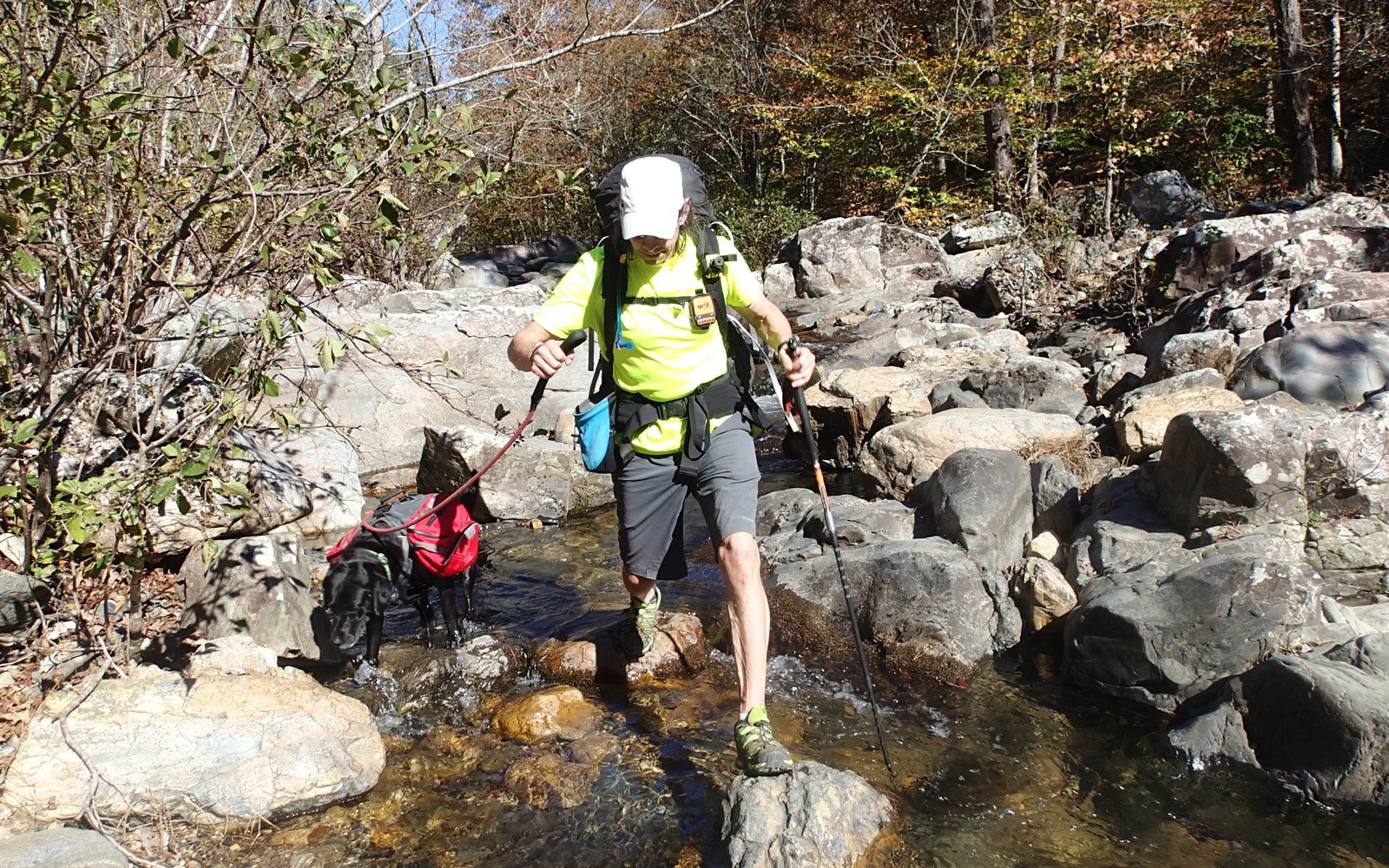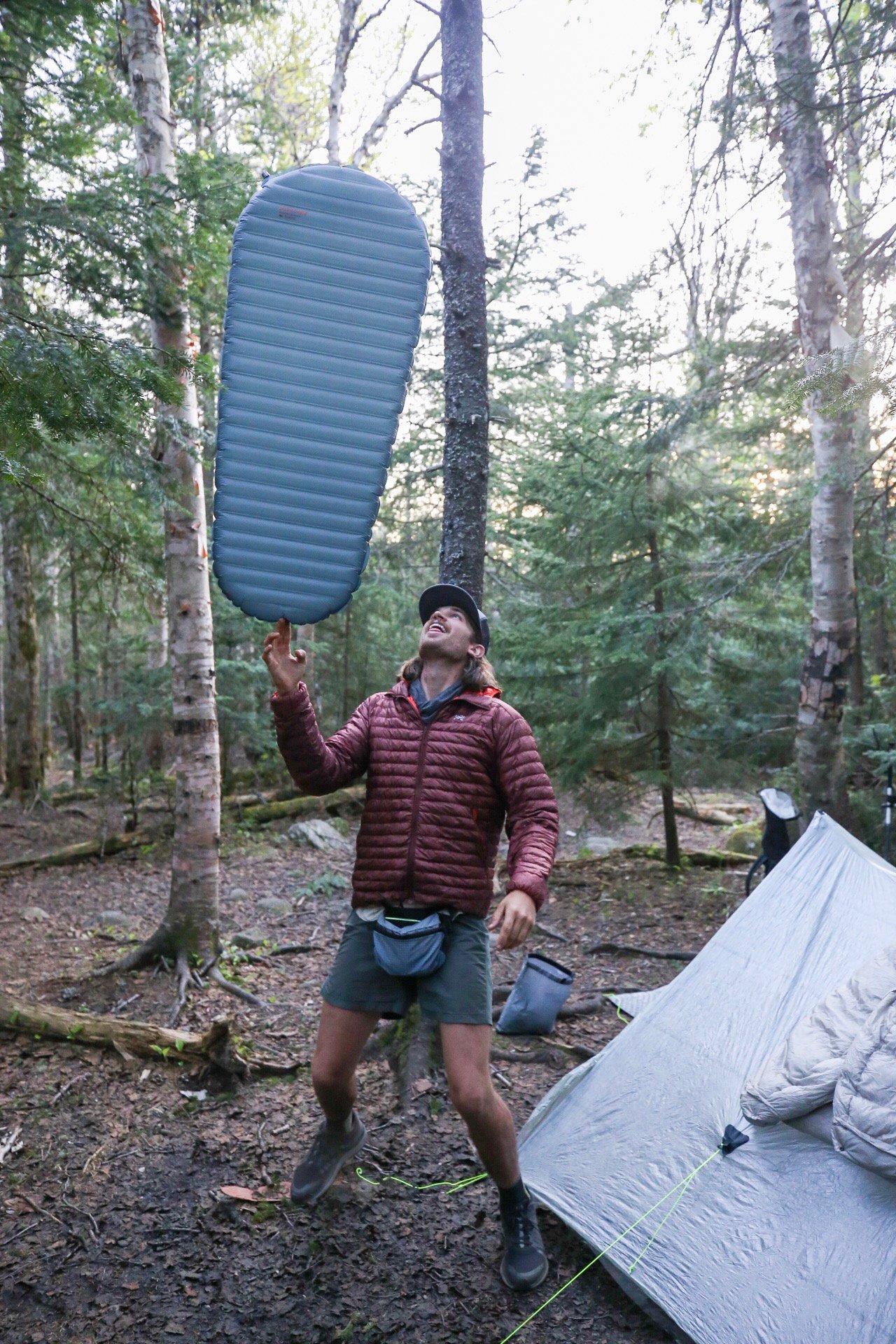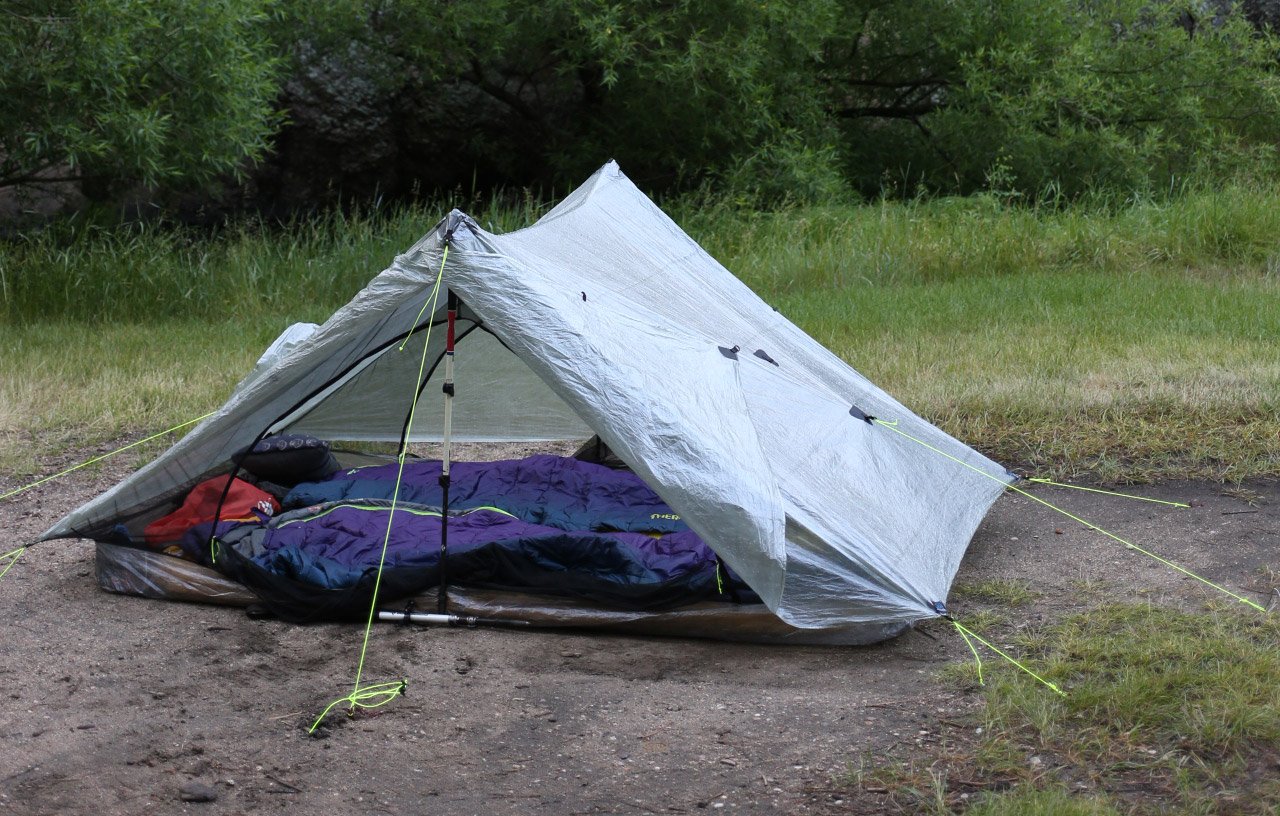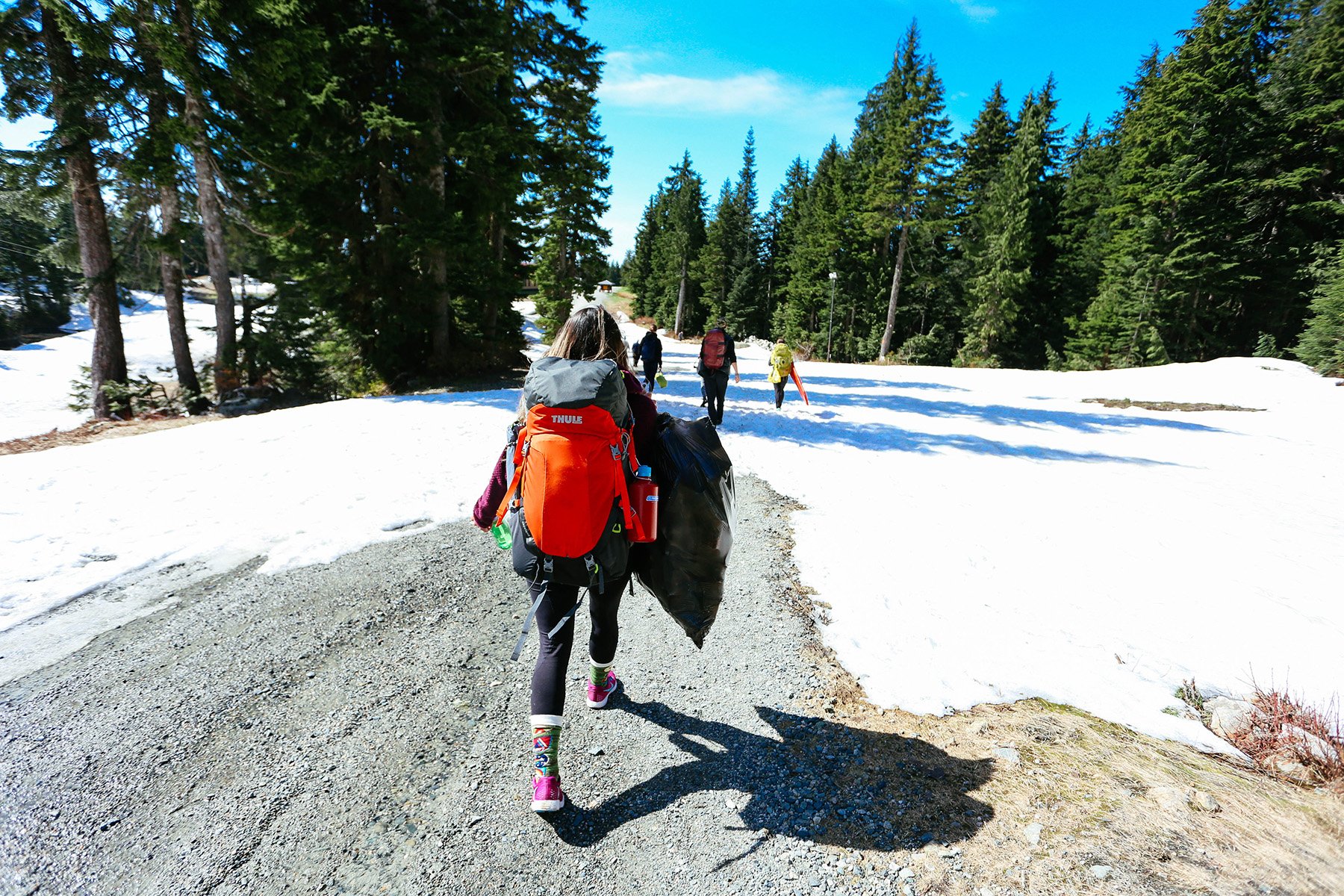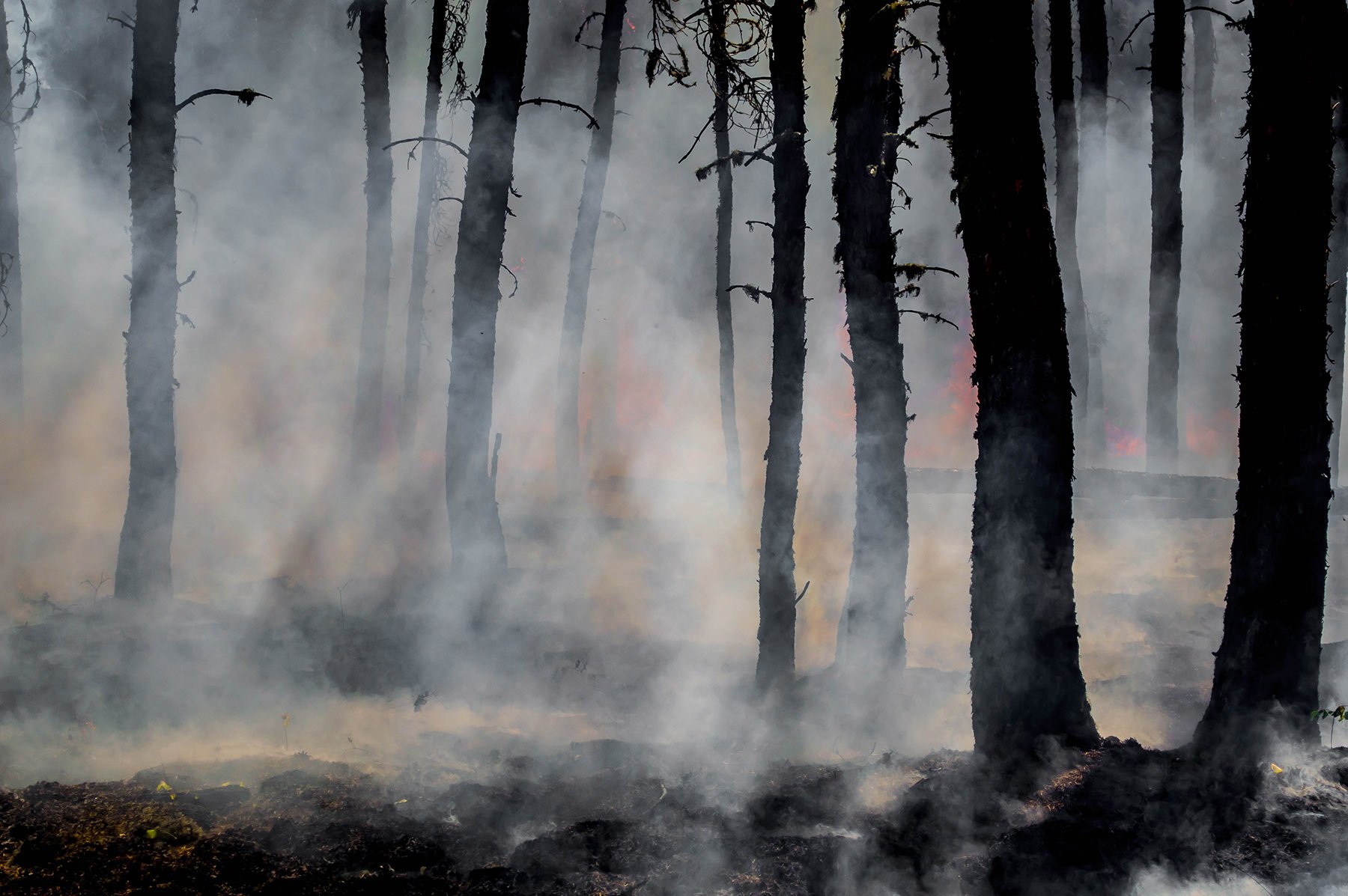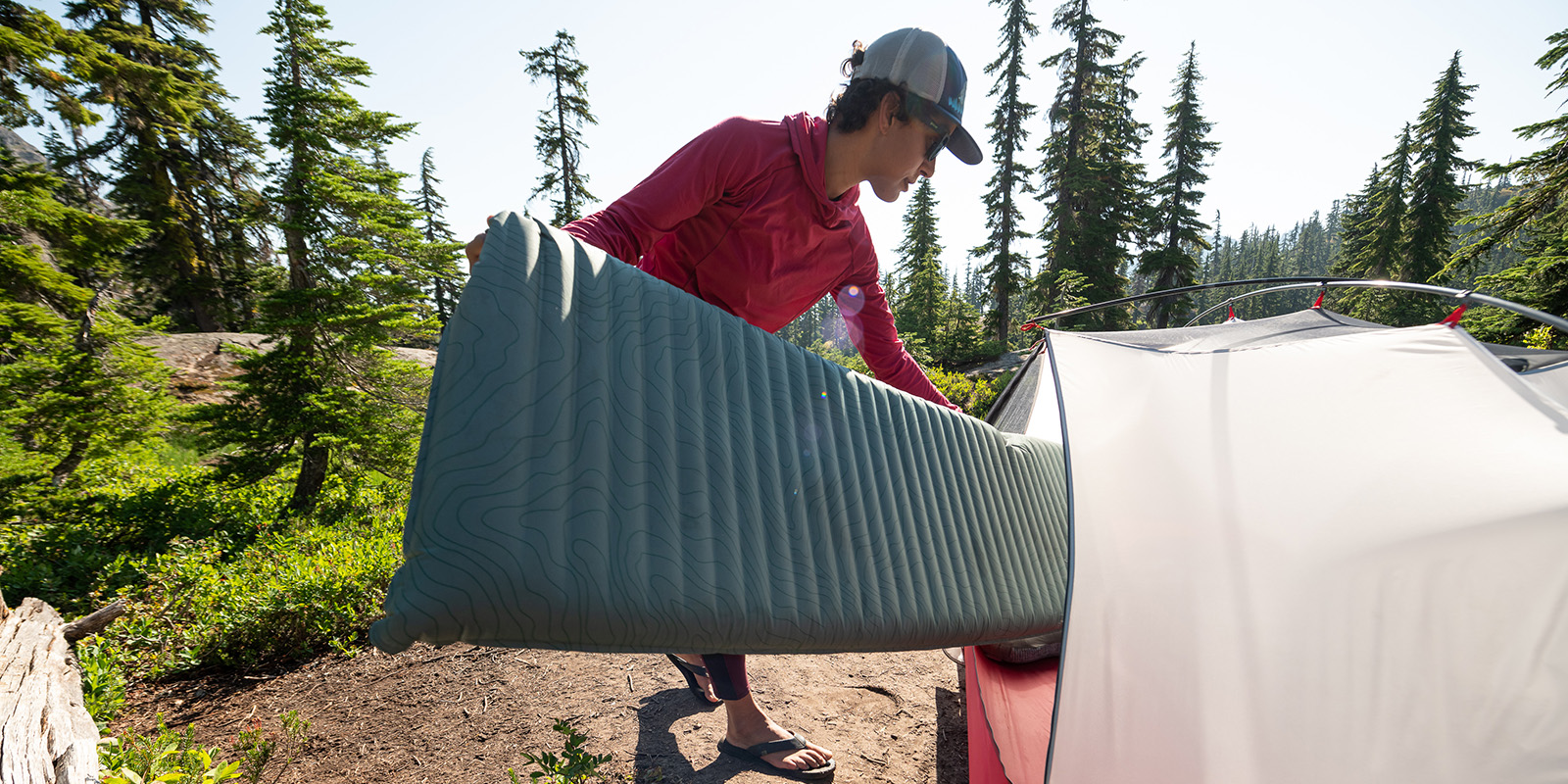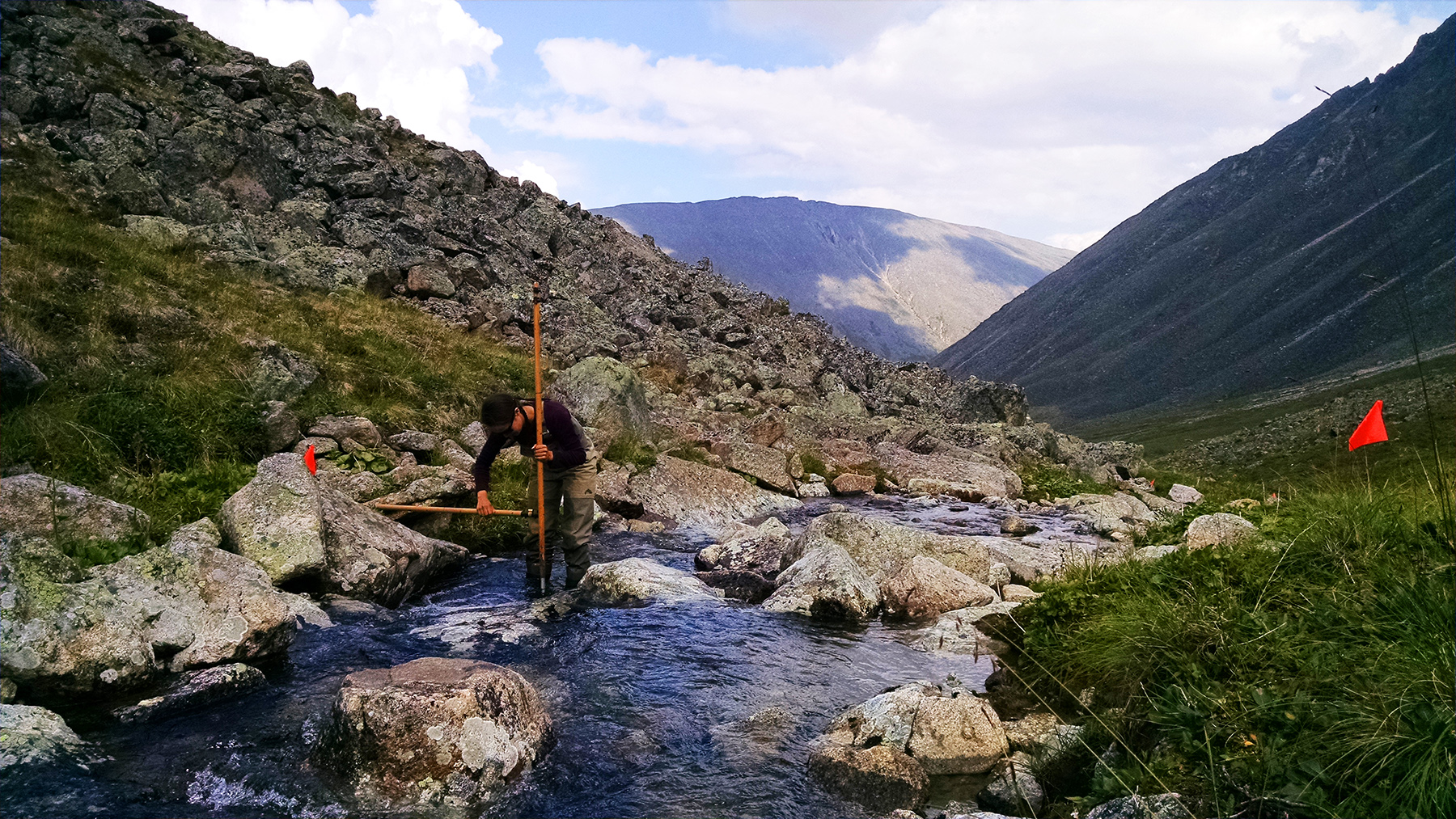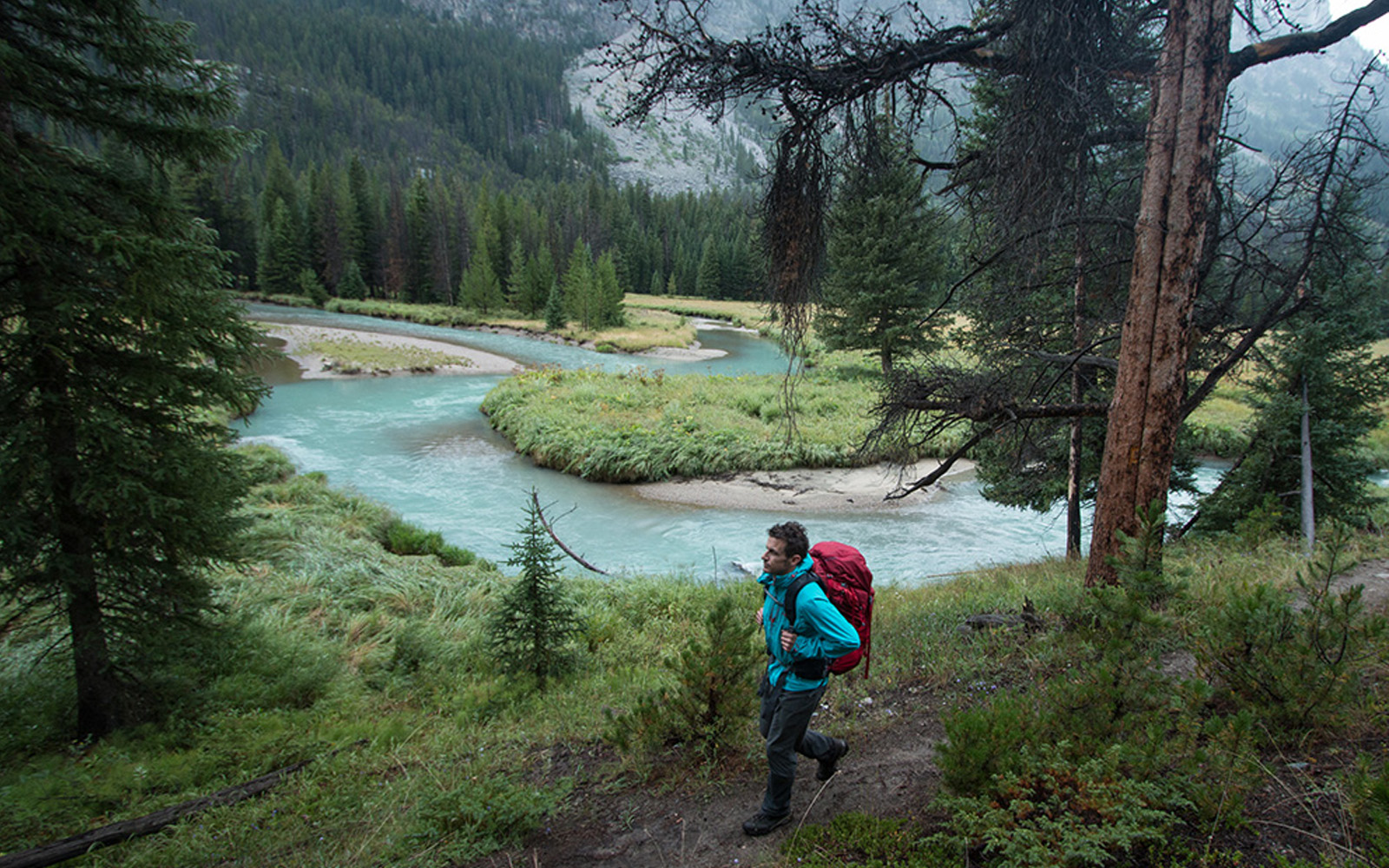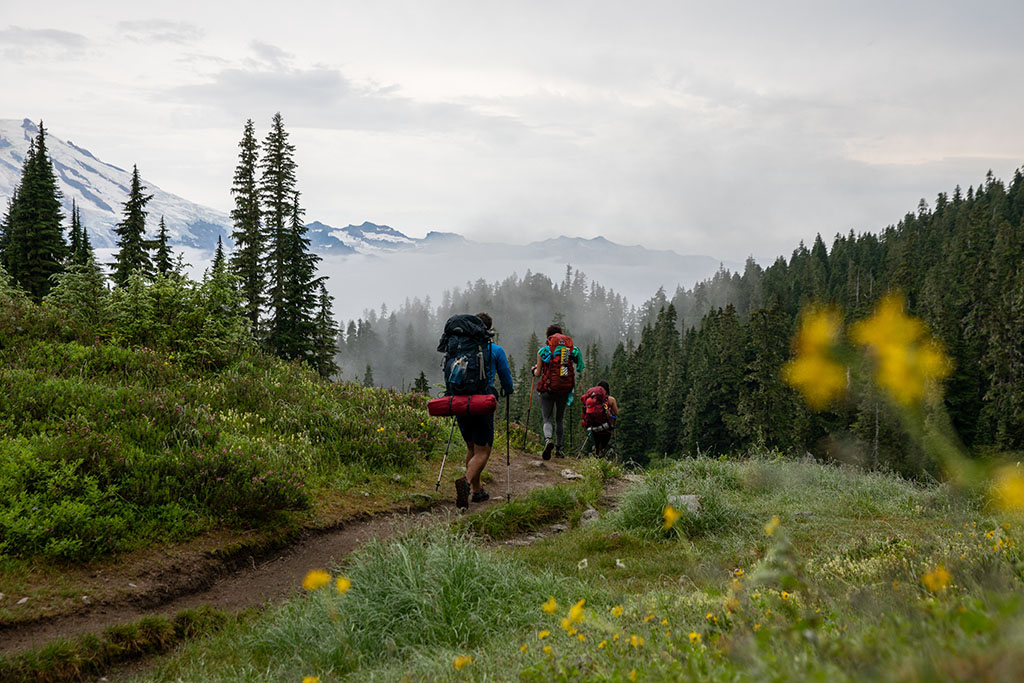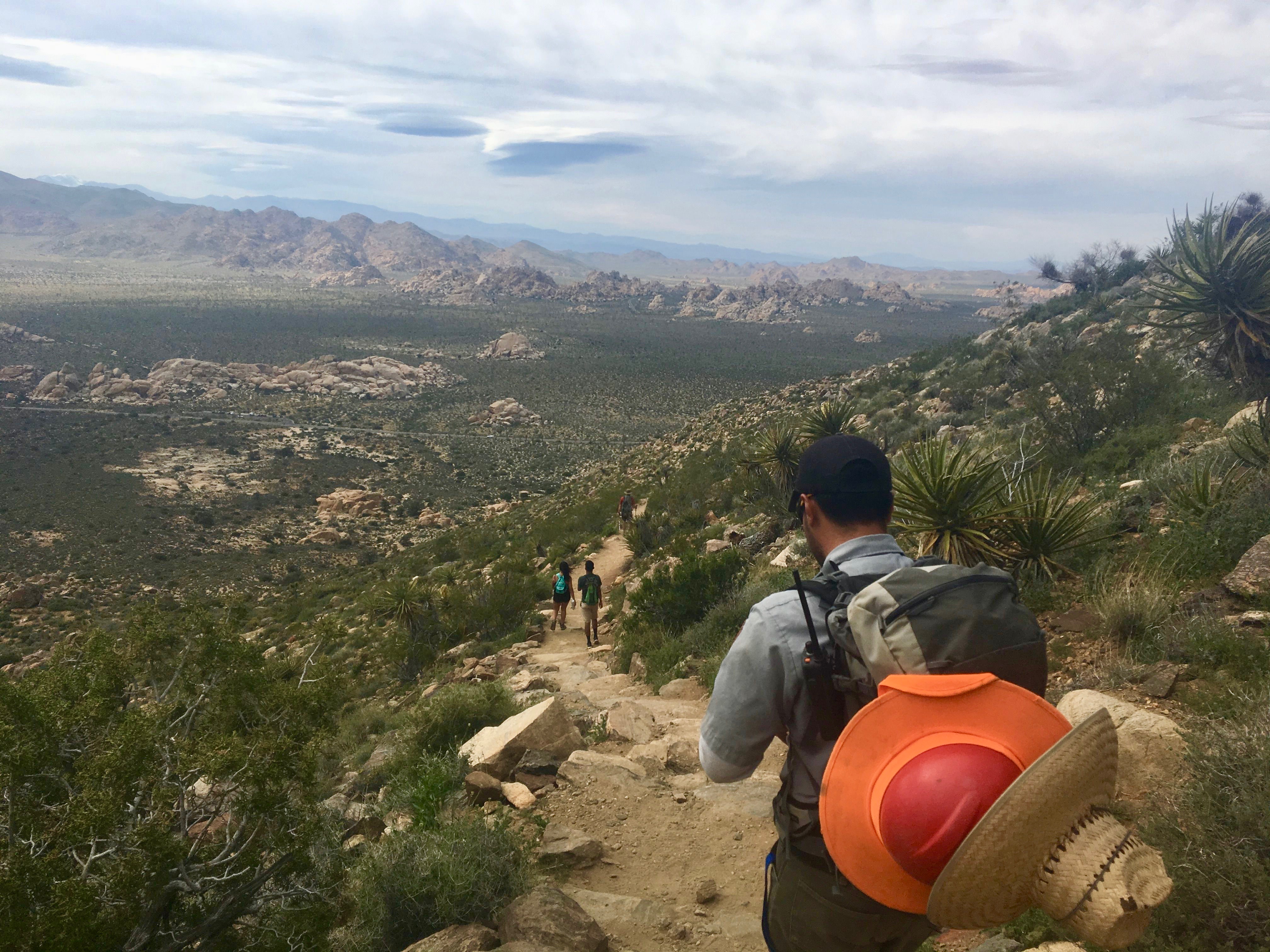Maps, guidebooks and a few websites are devoted to a series of small squiggly lines. We study them, discuss them and spend our money to follow them. Anyone that enjoys life outside spends a significant amount of time on trails. But, as you walk on them, do you think of how they got there? This is an ode to trail workers.
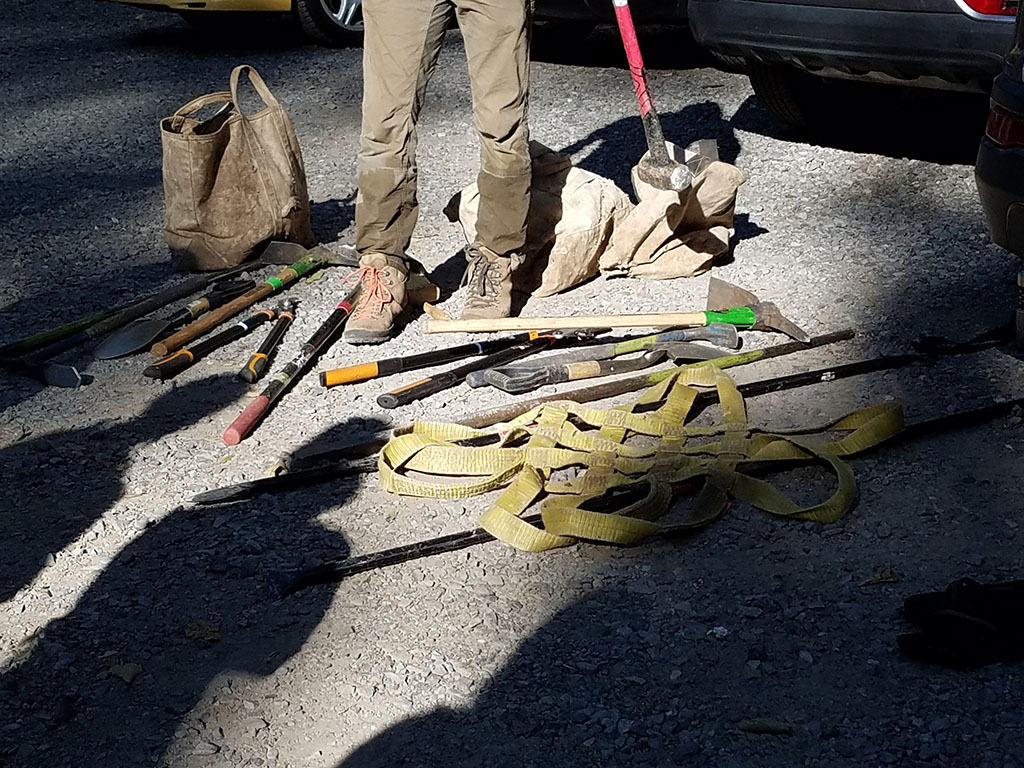
I’m not sure how many miles of trail I’ve covered over the years. Between climbing, trail running and backpacking consistently for the past decade, I’d wager the number is somewhere in the thousands.
More often than not, those miles have been covered without too much concern with the origins of the trail. Instead, my focus falls on the views and mileage more than the contours of the trail that allow me to traverse the backcountry. Despite the length or technical implications of the trail, my mind rarely wanders to the process needed for creating the path that grants me access to sacred places. After all, aren’t trails designed to go unnoticed?
A few weeks ago, a few Therm-a-Rest employees and I loaded into my car and headed north for a day of trail work with our partners at the Access Fund. We pulled into the Lower Town Wall parking lot at Index and found ourselves greeted by a pile of shovels, rock bars and pick axes. After our group was given a quick discussion on safety, we headed out to our work site.
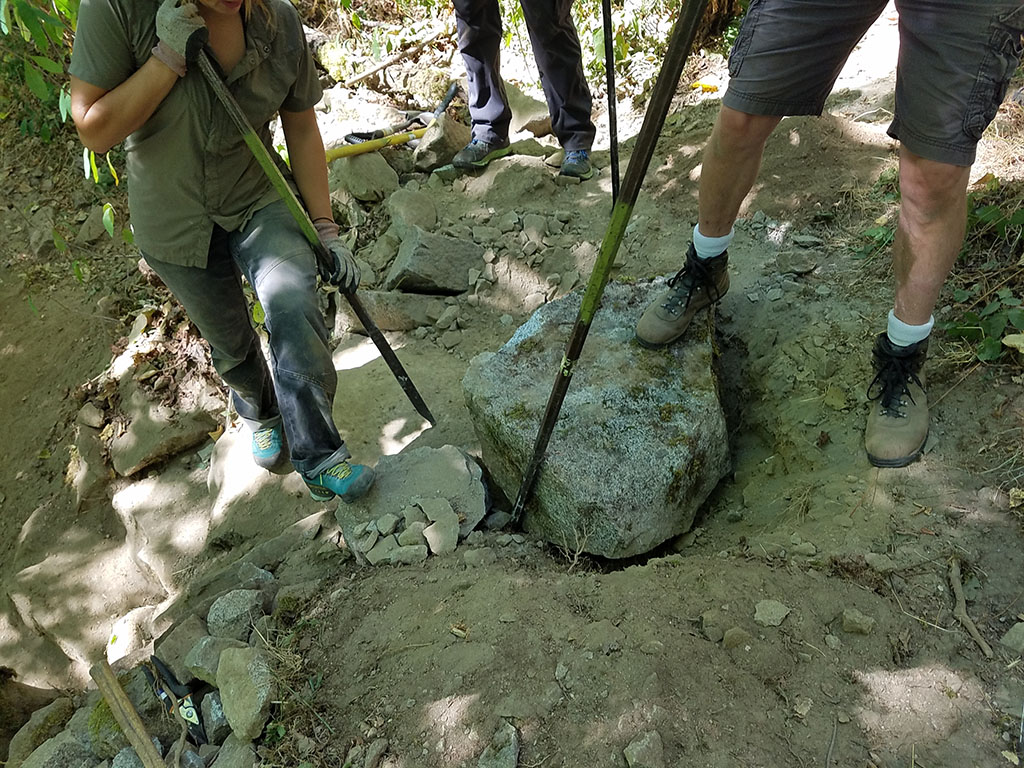
Several hours later, our work was complete. We had worked tirelessly moving heaps of earth and large rocks as we carved out a new route, a trail that would stand the test of time. We stretched our sore backs as we admired our handy work.
Six feet. Hours of work from our team had covered six feet of trail. We had placed three stone steps that covered about six feet of ground and would carry hikers about three feet up. If I had laid flat, I would have been longer than our new section of trail.
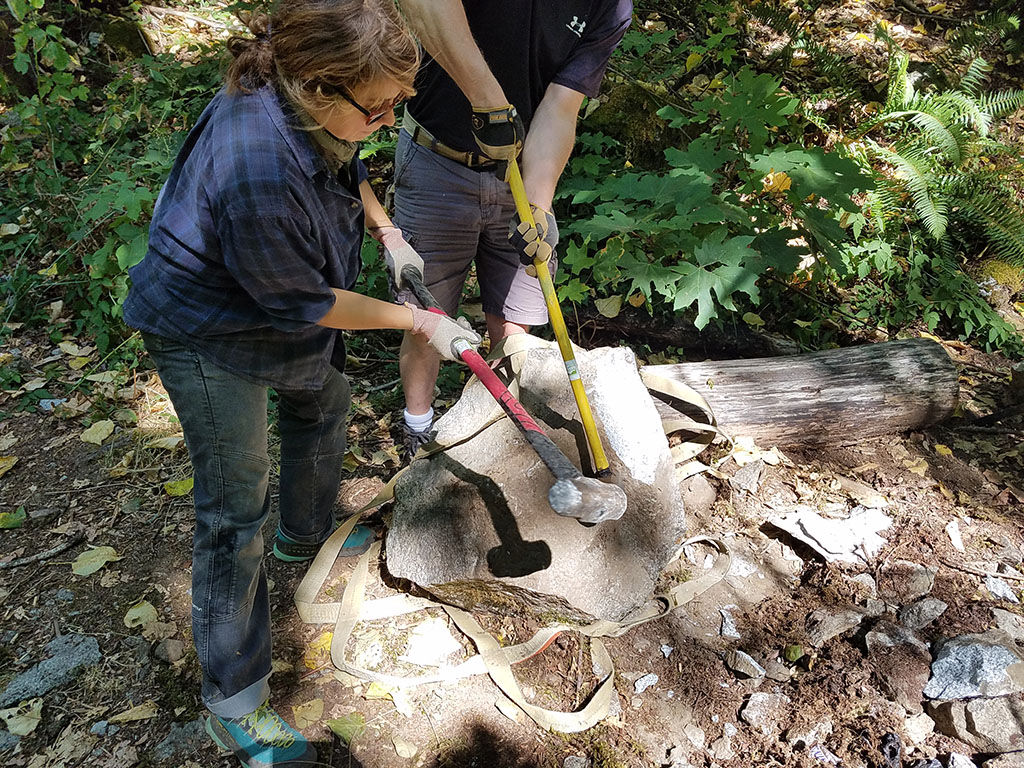
Trail work is hard. It is done foot by foot, inch by inch. Sometimes this ground is covered quickly. More often than not, the work can be very slow. Every time I volunteer for a trail day, I am always amazed at the time and dedication that a “small” trail project demands. Whenever I’m hiking, I fly over wooden walkways and up stone staircases without any pause. Whenever I volunteer for a trail day, I’m reminded of the arduous amount of work put forth by trail workers to build these structures.
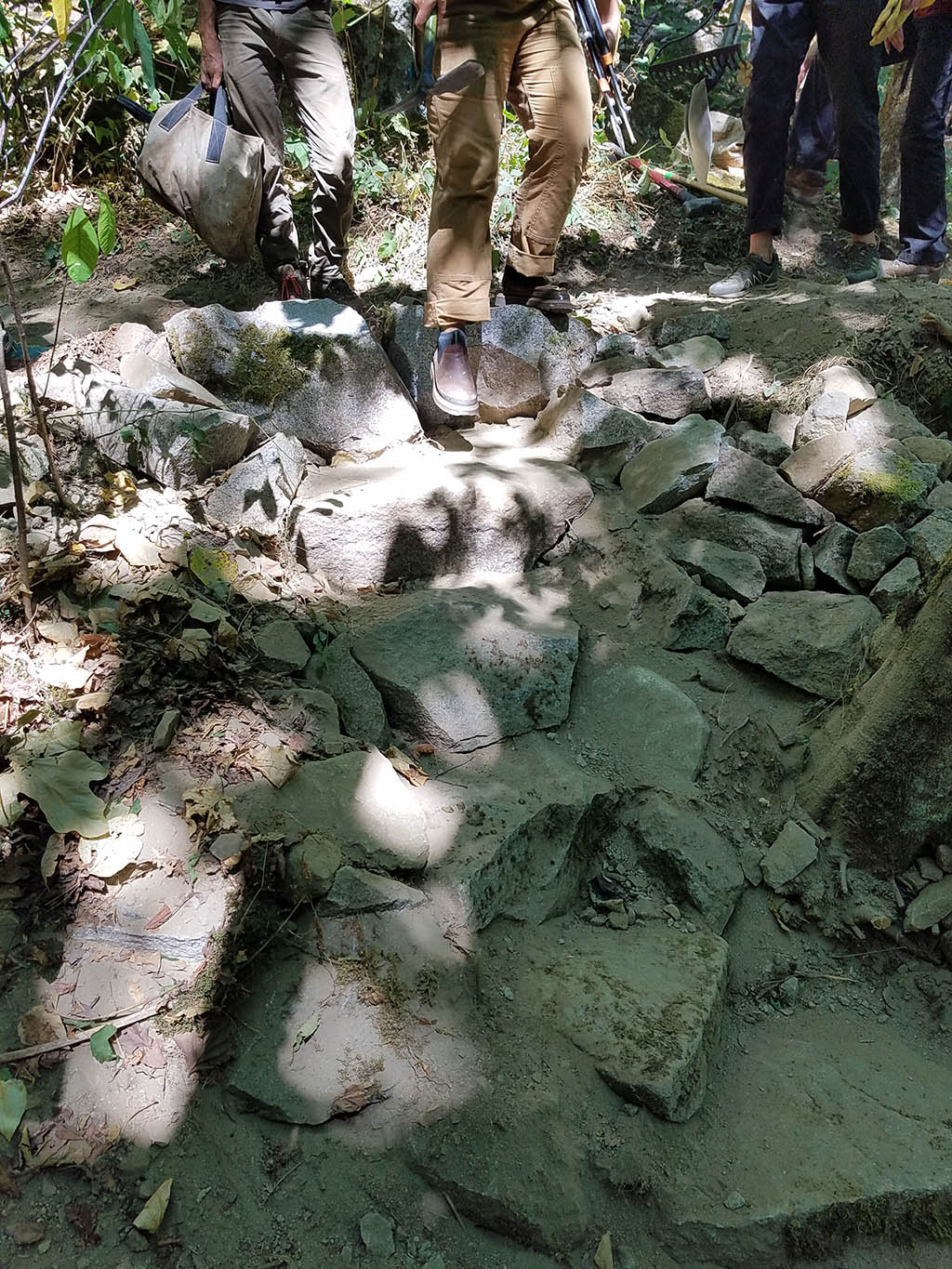
For the past 25 years, the Access Fund has not only been raising funds and creating policies to improve climbing access, but they’ve also been on the ground working. Their Jeep Conservation Teams travel around the US leading trail projects and educating volunteers on how to steward local trails.
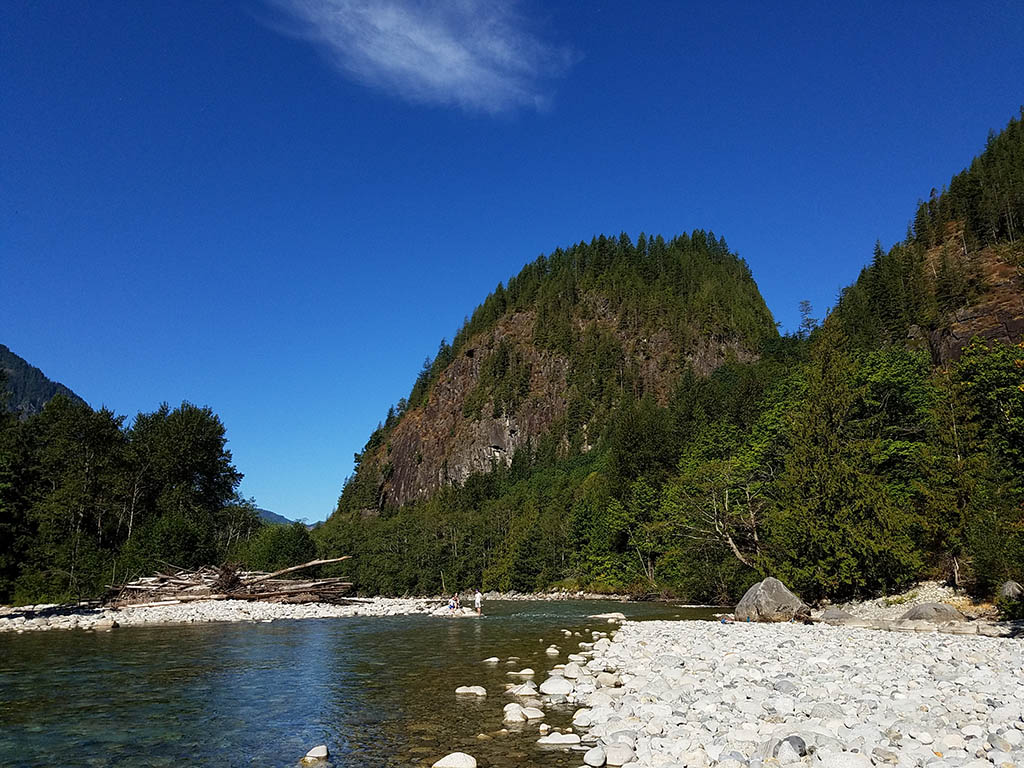
These efforts are not just carried out by national organizations, but by regional and local groups as well. The work that these groups do allows us to interact and immerse ourselves in nature. They create a way for us to access remote and beautiful places. They provide passage through rugged landscapes that would otherwise be impassable.
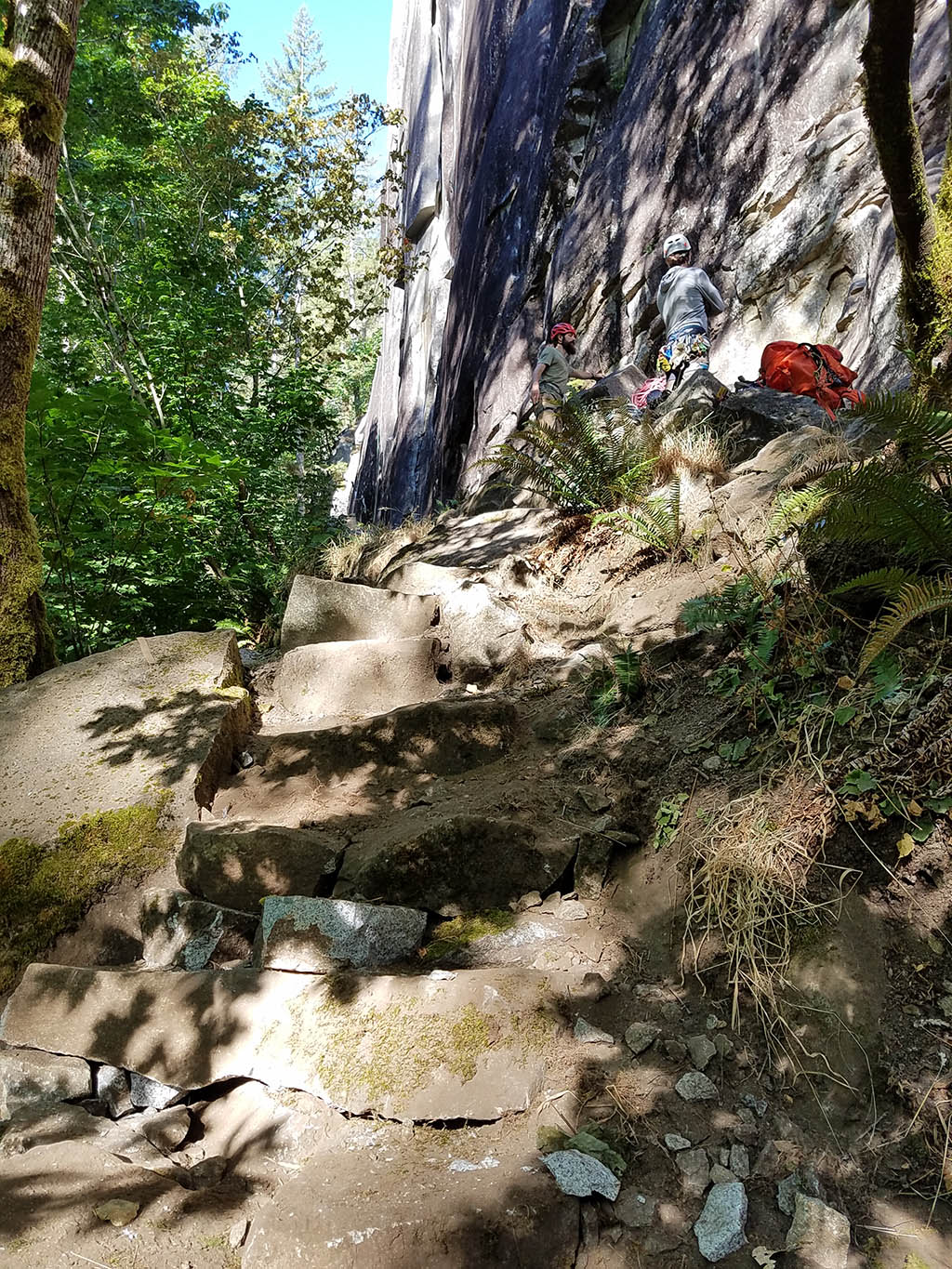
So the next time you find yourself enjoying a trail, remember to show your trail workers some gratitude. If you happen to be in Index, keep a look out for the stone staircase below the Great Northern Slab. Some of us are still icing our backs from that six-foot section of trail.
Related Posts:
Updated. Originally Published September 26, 2017.





